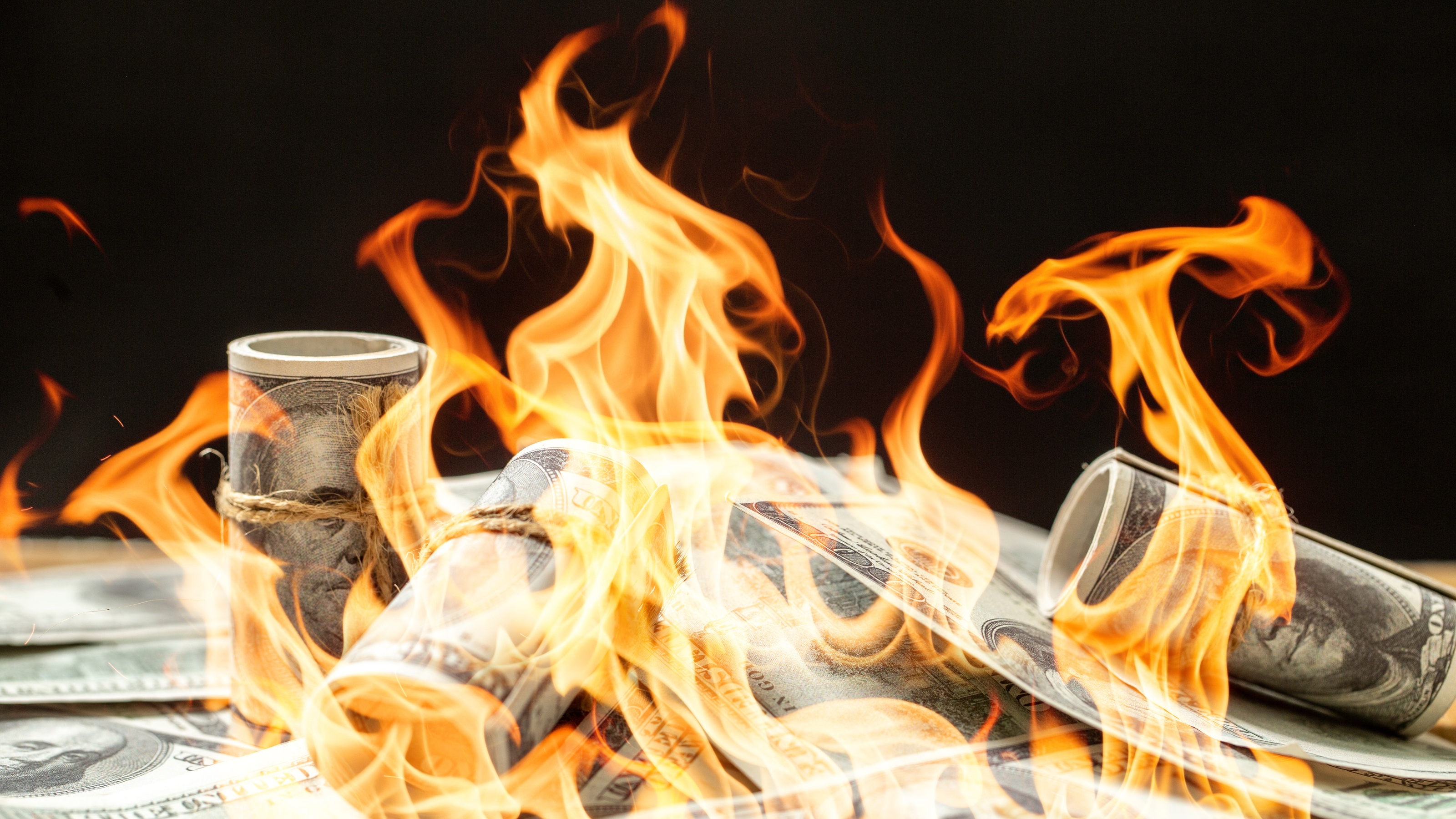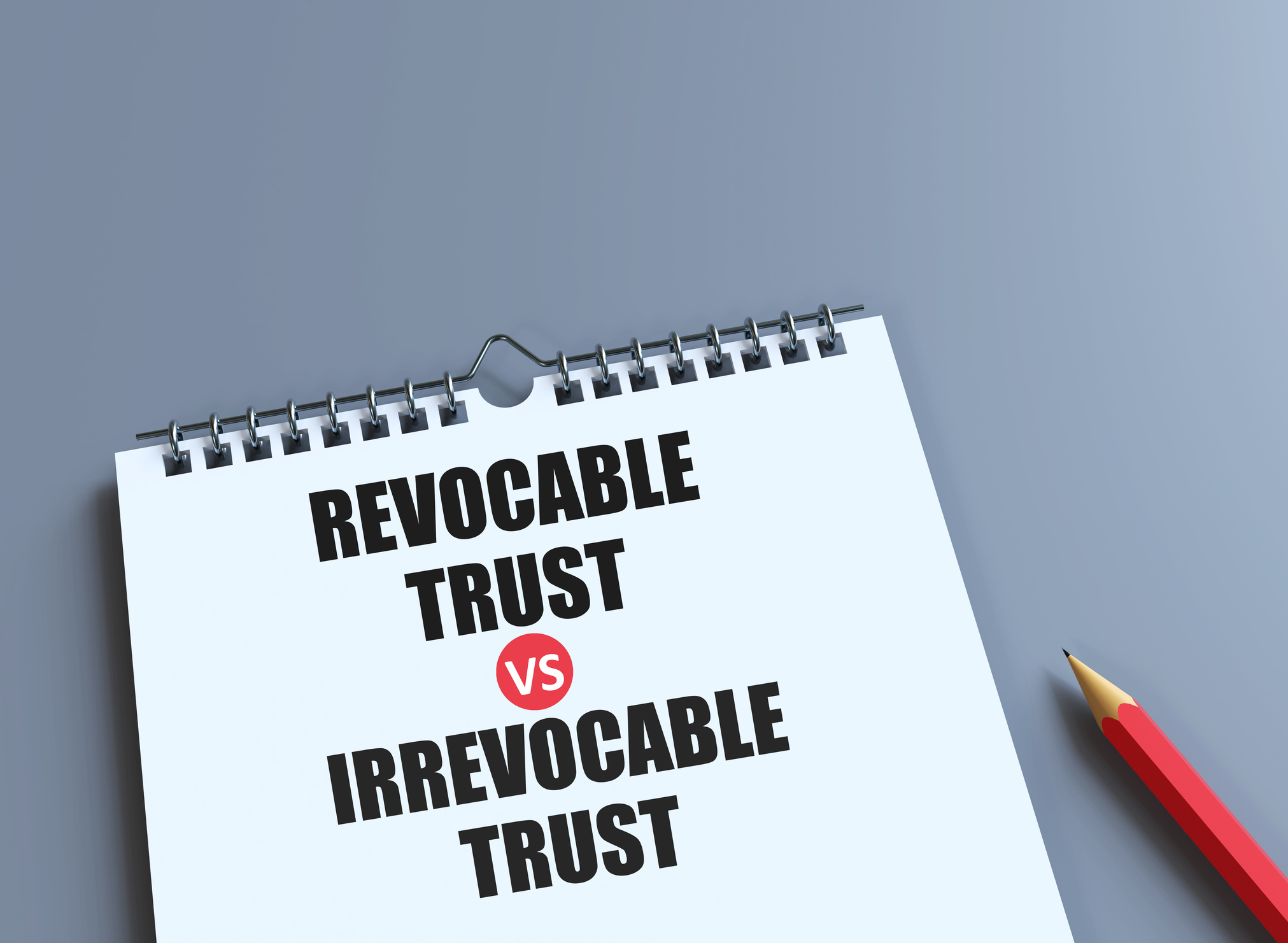I'm a Wealth Adviser: If You're a DIY Investor, Don't Make These Five Mistakes
Even though you may feel confident because of easy access to investing information, you may be making mistakes that could compromise your long-term performance. Here's what you should know.


Having been in the financial services industry for almost 20 years, I've worked with hundreds of clients, spoken with countless prospects and observed a wide range of attitudes and investing approaches.
With easy access to the internet and a multitude of smartphone applications, many do-it-yourself (DIY) investors may feel increasingly confident in their investing abilities.
However, younger investors have been found to overestimate their investment knowledge, and this overconfidence can lead to common investing mistakes that hurt long-term performance.
From just $107.88 $24.99 for Kiplinger Personal Finance
Become a smarter, better informed investor. Subscribe from just $107.88 $24.99, plus get up to 4 Special Issues

Sign up for Kiplinger’s Free Newsletters
Profit and prosper with the best of expert advice on investing, taxes, retirement, personal finance and more - straight to your e-mail.
Profit and prosper with the best of expert advice - straight to your e-mail.
The Kiplinger Building Wealth program handpicks financial advisers and business owners from around the world to share retirement, estate planning and tax strategies to preserve and grow your wealth. These experts, who never pay for inclusion on the site, include professional wealth managers, fiduciary financial planners, CPAs and lawyers. Most of them have certifications including CFP®, ChFC®, IAR, AIF®, CDFA® and more, and their stellar records can be checked through the SEC or FINRA.
If you're planning to invest on your own without professional assistance, I suggest avoiding these five common mistakes DIY investors make.
1. Following the herd
Investors today are bombarded 24/7 with information, often in the palms of their hands. It's essential to discern which information is accurate and recognize that not all internet voices share information and advice that's in your best interest.
If you've spent any time on YouTube, you've probably noticed ads promoting a service, product or investment thesis.
Unfortunately, it's easy to fall into the trap of assuming that someone who can produce a professional-looking video is an expert with the best investing tips.
Many individuals have utilized the internet to promote pump-and-dump schemes involving crypto assets, aiming to profit at the expense of unsuspecting investors.
The same can occur with other types of investments, so it's crucial to listen to reliable, objective research about how to invest and tune out the rest.
2. Trying to time the market
Time and again, we've seen DIY investors try to time the market, meaning they attempt to wait until the market dips or rises before buying or selling stocks.
History has proven that this does not work in any repeatable fashion. For example, if you're investing in an S&P 500 index fund, missing just one or two of the best market days in a calendar year can significantly reduce your total return on this type of investment.
We've seen historic swings in 2025, with both upward and downward tariff announcements.
You may feel like a genius if you're not invested when the market drops — for example, after major tariffs were announced in April 2025.
However, when the news shifted and tariffs were paused, the U.S. stock market surged back into a positive direction, and investors sitting on cash didn't experience that rally.
Past data also show that investors who pick solid investments and hold them throughout periods of market volatility typically come out ahead compared with those who jump in and out of the market.
For context, in the course of the past 10 years, the S&P 500 has outpaced the historical average, returning an annual average of 13.3% with dividends.
3. Not diversifying adequately, or at all
DIY investors may be tempted to go all in on a small number of investments about which they feel strongly.
For example, some younger investors have recently gone all-in on crypto assets, bypassing the traditional U.S. stock market in hope of exponential returns.
But the general rules of diversification suggest that the fewer assets in your portfolio, the greater the risk. Diversification can involve buying stocks in different sectors of the market, investing globally or holding alternatives or fixed income in your portfolio.
What's prudent depends on the investor's time horizon, risk tolerance and investment objective. To put it in perspective, in 2023, the top 10 companies in the S&P 500 contributed more than 85% of the index's total return.
Looking for expert tips to grow and preserve your wealth? Sign up for Building Wealth, our free, twice-weekly newsletter.
Take crypto, for example. It can feel great when an asset such as bitcoin delivers solid double-digit returns and outperforms the stock market.
But that same asset can just as quickly reverse course and potentially go into double-digit losses just as easily, for reasons that are difficult to discern, relative to public markets.
Bitcoin's price return in 2021 was 59.7%, but in 2022, BTC lost 64.3%. If you're investing in retirement assets or your nest egg, experiencing these kinds of ups and downs may be dangerous and potentially life-changing (and not in a good way).
4. Not being disciplined about taking gains
Let's say you've chosen a few great stocks, your portfolio has made a lot of money, and you're feeling good about your choices. What do most DIY investors do? Let it ride, hoping it keeps going up.
However, while it's true that the stock market fluctuates most of the time, that's not always the case for individual stocks or companies.
A company could have a great run, then be unexpectedly impacted by a change in government regulations (tariffs, for example) or be blindsided by an unexpected event such as the pandemic.
Knowing when to rebalance or pare your winners is just as important as picking the right investments.
Research has shown that most investors don't like selling winning stocks, and there might also be a taxable impact if you're investing non-retirement assets.
Nevertheless, rebalancing your portfolio helps protect you against one or two assets dominating your total portfolio over time if they become a bigger piece of the pie.
I'm reminded of UnitedHealthcare stock in 2025. For many years, UNH had been a strong-performing investment that hadn't seen negative returns since 2008.
However, over a brief period, its CEO was publicly assassinated and was the focus of government investigations threatened by the new administration, leading to a major pullback in stock price. As of July 2025, UNH's year-to-date return was -42.3%.
As part of a diversified portfolio, this hit could potentially be minimized. However, any investor with a substantial portion of their net worth in this stock would be feeling the pain, while the U.S. market in general is up about 7% this year.
5. Not having enough patience
Among other things, investing requires patience. That can be hard in this time of constant electronic notifications and instant gratification. Stocks won't double or triple in value in a week — in many cases, growth happens gradually over time.
DIY investors might want to see quick returns and abandon assets in the "slow and steady" category.
A diversified portfolio with exposure to different markets may not deliver the kind of high double-digit gains seen in the crypto market when times are good, but it may also avoid sharp drawdowns.
It's also important to remember that periods of heightened market volatility, such as the market drop from April to May in 2025 and subsequent recovery, are part of the process. They require patience and discipline to get through.
This is different than when a stock price drops due to a company suddenly going out of favor or experiencing specific significant business challenges.
Conclusion
Avoiding the noise and not being patient isn't easy.
Without the help of a financial adviser, it can be difficult to know when to take your gains and how to diversify your portfolio.
If you've tried investing on your own without success or simply feel overwhelmed, consider asking a financial adviser for help.
Related Content
- I'm a Financial Planner: Here Are Five Smart Moves for DIY Investors
- Four Times DIY Investors Should Talk to a Financial Adviser
- How to Invest at Each Stage of Your Life
- Late to Retirement Planning? Four Ways to Help Catch Up
- Is a Robo-Adviser Right for You? The Pros and Cons
Profit and prosper with the best of Kiplinger's advice on investing, taxes, retirement, personal finance and much more. Delivered daily. Enter your email in the box and click Sign Me Up.

Shane W. Cummings is based in Halbert Hargrove’s Denver office and holds multiple roles with Halbert Hargrove. As Director of Technology/Cybersecurity, Shane’s overriding objective is to enable Halbert Hargrove associates to work efficiently and effectively, while safeguarding client data. As wealth adviser, he works with clients in helping them determine goals and identify financial risks, creating an allocation strategy for their investments.
-
 3 Major Changes to the Charitable Deduction in 2026
3 Major Changes to the Charitable Deduction in 2026Tax Breaks About 144 million Americans may qualify for the 2026 universal charity deduction, while high earners face new IRS limits. Here's what to know.
-
 Where to Stash Cash as Yields Fall, According to Advisers
Where to Stash Cash as Yields Fall, According to AdvisersYour best options depend on how soon you'll need the money and your tolerance for risk.
-
 Control vs Protection Quiz: Which Trust Do You Need?
Control vs Protection Quiz: Which Trust Do You Need?Quiz Take this simple quiz to discover whether a revocable or irrevocable trust should be the cornerstone of your estate plan.
-
 Where to Stash Cash as Yields Fall, According to Advisers
Where to Stash Cash as Yields Fall, According to AdvisersYour best options depend on how soon you'll need the money and your tolerance for risk.
-
 Control vs Protection Quiz: Which Trust Do You Need?
Control vs Protection Quiz: Which Trust Do You Need?Quiz Take this simple quiz to discover whether a revocable or irrevocable trust should be the cornerstone of your estate plan.
-
 Best Mutual Funds to Invest In for 2026
Best Mutual Funds to Invest In for 2026The best mutual funds will capitalize on new trends expected to emerge in the new year, all while offering low costs and solid management.
-
 If You'd Put $1,000 Into 3M Stock 20 Years Ago, Here's What You'd Have Today
If You'd Put $1,000 Into 3M Stock 20 Years Ago, Here's What You'd Have TodayMMM stock has been a pit of despair for truly long-term shareholders.
-
 I'm a Financial Pro: You Really Can Make New Year's Money Resolutions That Stick (and Just Smile as Quitter's Day Goes By)
I'm a Financial Pro: You Really Can Make New Year's Money Resolutions That Stick (and Just Smile as Quitter's Day Goes By)The secret to keeping your New Year's financial resolutions? Just make your savings and retirement contributions 100% automatic.
-
 As We Age, Embracing Our Own Self-Doubt Can Be a Gift: A Cautionary Tale About Elder Financial Abuse
As We Age, Embracing Our Own Self-Doubt Can Be a Gift: A Cautionary Tale About Elder Financial AbuseAn aging couple hired a company that illegally required large deposits, and then they decided to stick with the company even after an employee stole from them.
-
 Domestic vs Offshore Asset Protection Trusts: A Basic Guide From an Attorney
Domestic vs Offshore Asset Protection Trusts: A Basic Guide From an AttorneyLearn the difference between domestic asset protection trusts and foreign or offshore asset protection trusts to help you decide what might work best for you.
-
 Santa Claus Rally at Risk as Tech Stocks Slump: Stock Market Today
Santa Claus Rally at Risk as Tech Stocks Slump: Stock Market TodayThe Nasdaq Composite and Dow Jones Industrial Average led today's declines as investors took profits on high-flying tech stocks.